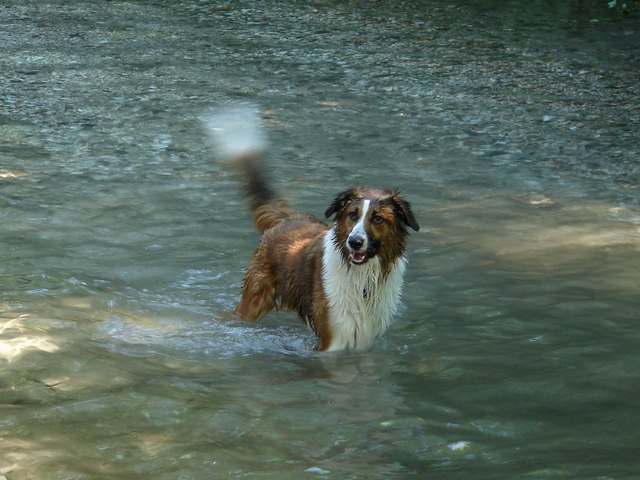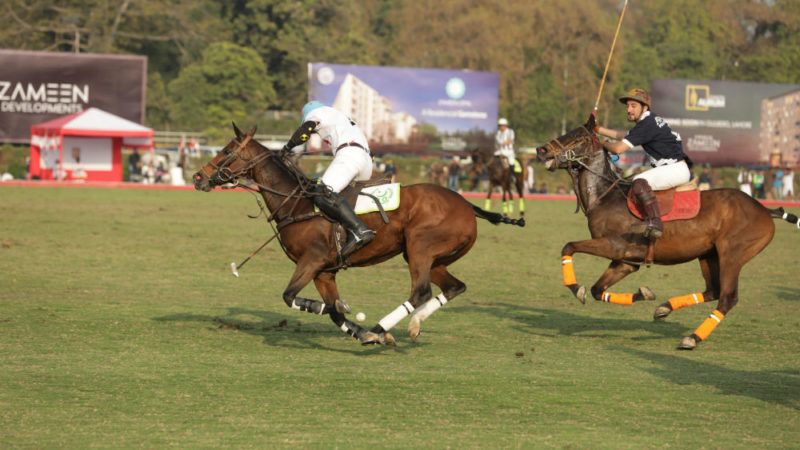Why Do Dogs Wag Their Tails

One of the most endearing traits about dogs is their incessant tail wagging. It has come to represent happiness and a joy of life that humans have a hard time understanding. But there is much more to that wagging tail than a mere expression of happiness. Dogs are, by nature, very social creatures and the speed and positioning of the tail wag is part of the body language with which they communicate.
There are several wagging positions that are fairly easy to understand. Within the pack situation it is the dominant dog that holds its tail high and travels with a full wag. When encountering the dominant dog, one of lesser status will hold its tail lower and wag it in a more submissive way. When a human encounters a strange dog it pays to notice the positioning of the tail along with other body signs. A full tail wag can be a greeting, but if the tail stiffens to where only the tip is moving, then there is a greater chance the dog is feeling challenged and may attack. The raising of the hackles, lowering of the ears, and sometimes a warning growl will accompany this tail behaviour.
A tail that is held straight out generally indicates that the dog is interested in what it is looking at. The degree of wave can increase as interest and pleasure increase. This is one reason for such an exuberant display of tail wagging when a familiar and liked person approaches. One can observe the variations as a dog explores on its own. Depending on the stimuli it finds, the tail may go from barely moving to full wag as it tracks various scents.
If a dog is feeling nervous or frightened, the tail position is usually dropped and held between the back legs. Small jerking motions tend to act as question marks. In an acceptance situation the lowered tail and bowed positioning of the head is used to indicate willingness to be submissive to a dominant dog. Once accepted, the tail will uncurl and regain at least the outwardly held position. If the cowering position is being caused by fright, one should also be careful as the dog may suddenly lash out in fear and self-defence.
The zoologist and ethnologist, Desmond Morris, states that tail wagging, and indeed all body movement back and forth is the result of conflicted emotions. He proposes in his book, “Dogwatching” that it is an excess of emotional energy that causes the body vibration and tail wagging. It is exhibited any time the dog is in a situation where natural fear makes it want to run away but that the desire to stay and receive companionship puts it into emotional conflict. Therefore the body motion is greater as the conflict increases and will slow as the situation is resolved.
There is some variation in the amount and positioning of the tail wag within the different breeds. Small dogs are less likely to exhibit the traits normal to large dogs when determining dominance and position within the pack. Even with its tail docked, a dog will demonstrate the wagging motion throughout its body despite the loss of the body part.








